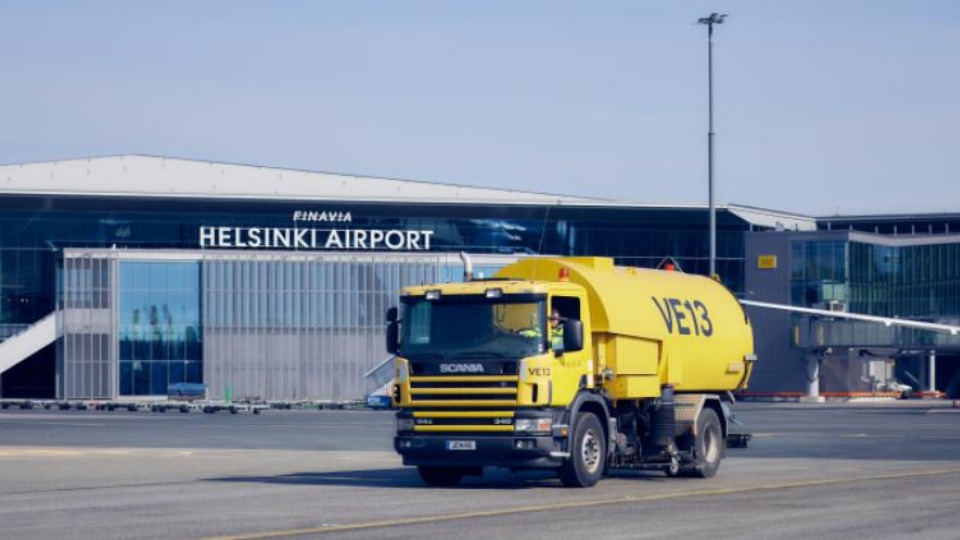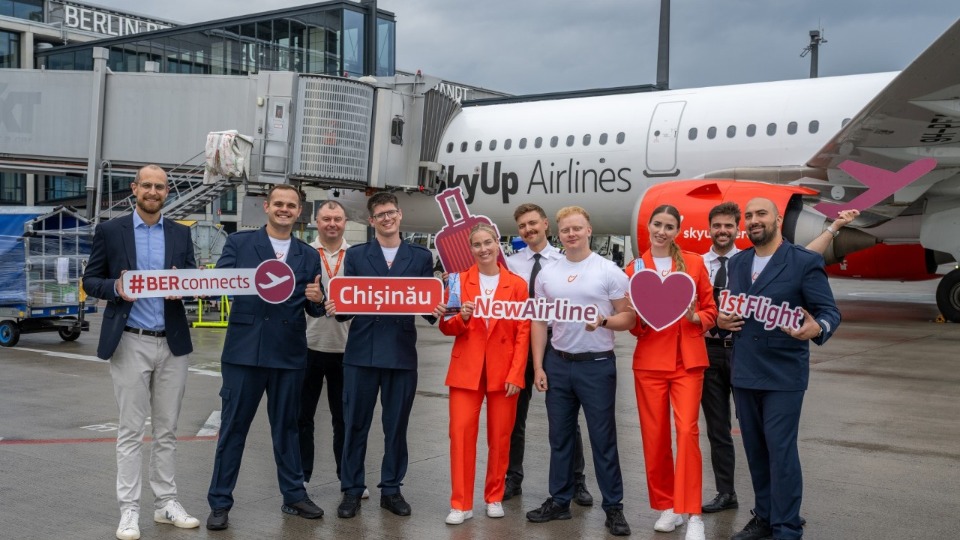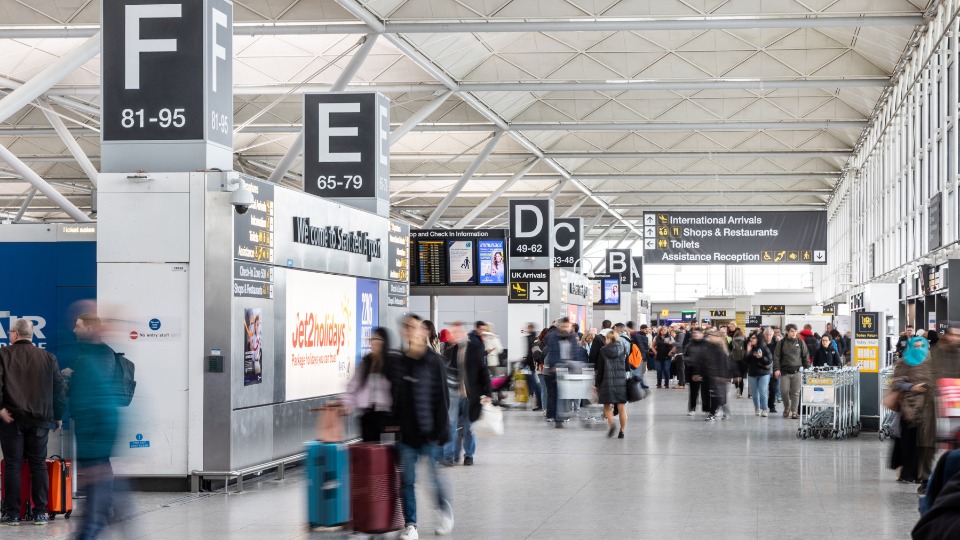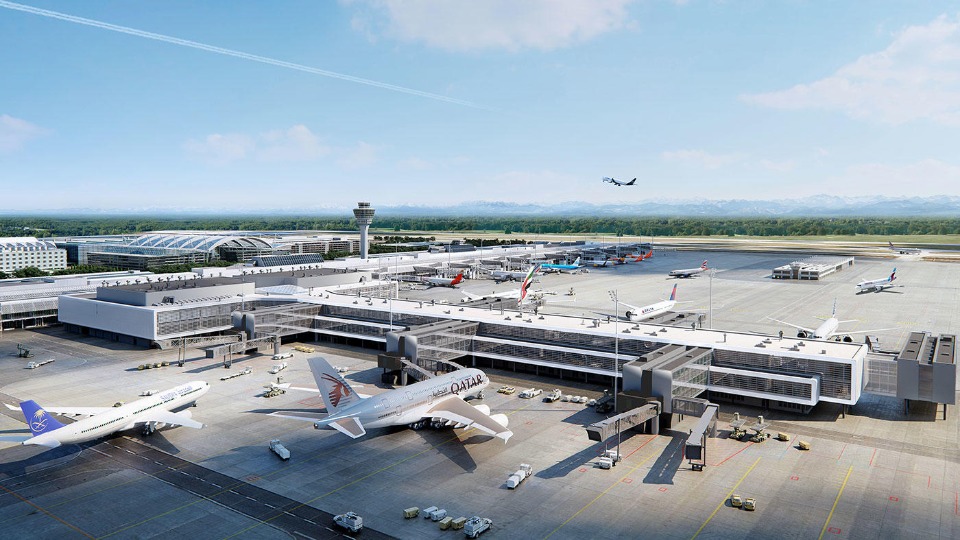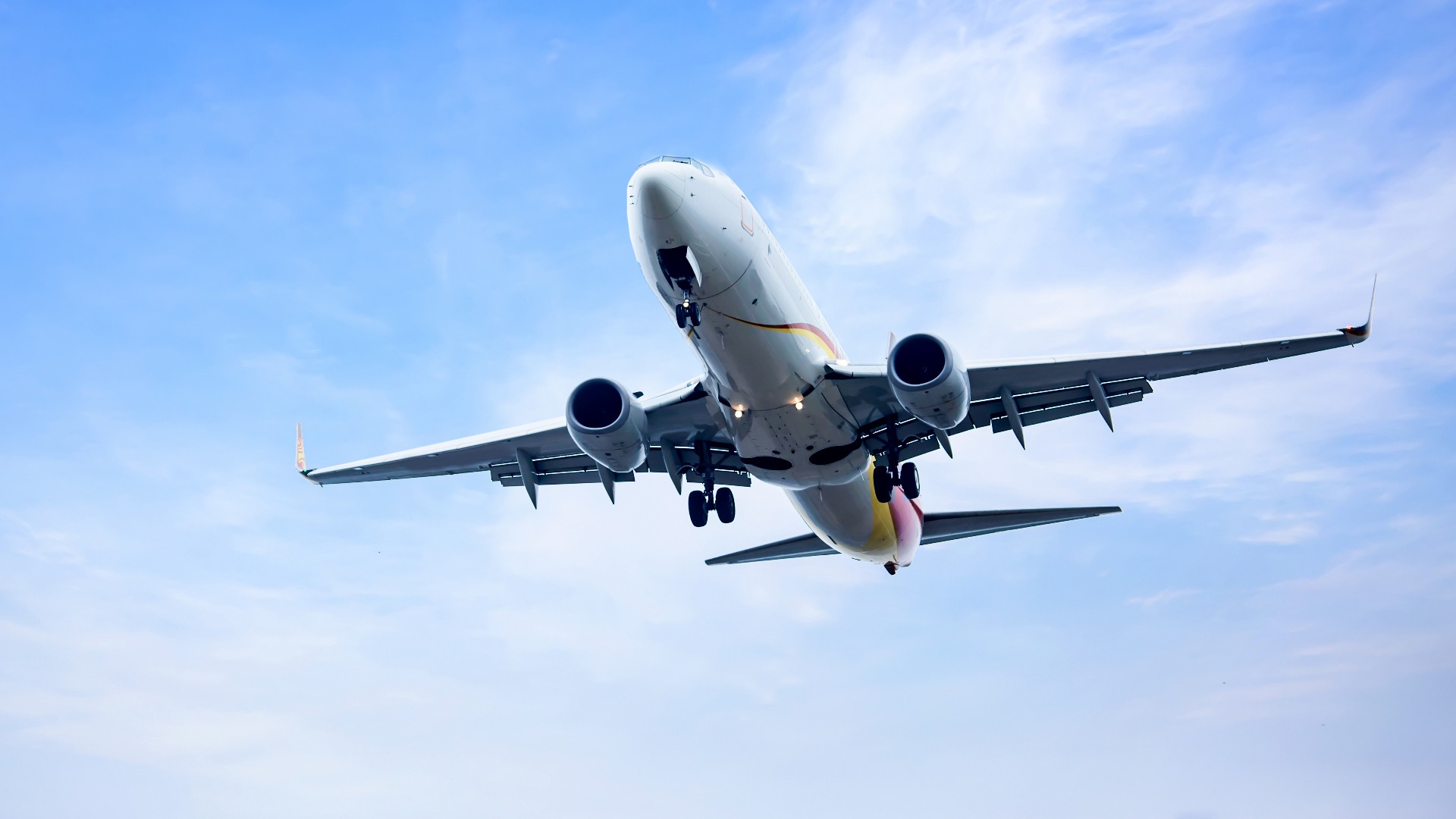
Spain Releases Report on Ryanair Boeing 737 and EAT Leipzig Airbus Incident

The final report of Spain's aviation safety inspector has been released.
It covers the near-miss that occurred between a Ryanair aircraft and an EAT Leipzig plane last summer. According to the report, non-compliance of procedures by air traffic control (ATC), and EAT crew failing to notify ATC immediately that it was performing a missed landing were to blame.
Ryanair-EAT Incident Report released
AviationHerald reported that the final report of Spain's Civil Aviation Accident and Incident Investigation Commission, CIAIAC, on the midair incident occurred in June 2022. This incident involved a Ryanair Boeing 737-800, which was just taking off from Barcelona-El Prat Airport. It almost collided with an EAT Leipzig Airbus A300-600 that had been performing a missed approach. The flight data indicates that both planes were within a few hundred feet of each other. Both aircraft managed to escape unscathed and continue on to their final destinations.
According to the report, the incident was caused by "the non-compliance of procedures on the part of the control services" and "the fact that the Airbus A300-600 [EAT Leipzig] crew failed to immediately notify their intention to execute a missed approach." The report says that the Ryanair crew was in complete compliance with ATC commands, and they executed their takeoff according to procedures.
ATC mistakes
According to the report, failures by air traffic controllers are a major factor. After authorizing the Ryanair Boeing 737 to takeoff, a local ATC controller saw the potential collision and decided to increase the vertical separation. This decision was not theirs as it falls under the purviews of approach control (APP).
According to the report, after Ryanair's takeoff authorization, the local controller "should have transferred both aircraft as soon as possible so that APP LECB could separate them as it saw fit."
Approach control was eventually notified by the local controller that the Airbus A300 would be climbing to 3,500 feet, but it had been climbed to 3,500ft. Approach control instructed Ryanair 737 to stay at 2,000 feet and stop climbing.
This report explains:
"His resolution of the conflict was flawed because he stopped the climb of the Boeing 737-800 aircraft immediately after take-off and instructed the crew to remain at 2,000 ft, thinking that the Airbus aircraft would climb to 3,000 ft and not taking into account that the procedure for that runway configuration stipulates that they should remain at 1,500 ft when executing a missed approach."
The EAT crew did not take initiative
EAT Leipzig pilots were alerted by the Airbus A300 as it approached Barcelona. They decided to make a missed approach and received a warning about their secondary flight control system. ATC was not informed of this decision immediately. The crew did not inform ATC of their intention to communicate this information to ATC until they received a late clearance to land. There was a total time period of 54 seconds between the warning signal and the notification.
According to the report,
"Instead of expressly contacting control to advise them of their decision to execute a missed approach, they did so on the back of another communication from the control services, informing them that they would receive a late clearance to land. This means that 54 seconds elapsed, which should have been sufficient time for them to take the initiative and inform control that they would be executing a missed approach. They should have been the ones to inform the control services at the earliest opportunity.
Fortunately, EAT pilots were able to descend from 1,500ft down to 1,200ft, after they received a TCAS warning. This could have saved their lives.
Other incidents
This is not the first time Ryanair has been involved with near-misses over Spain. Two Ryanair planes nearly collided over Northern Spain in 2018. The two Boeing 737s flew at 34,000ft and came within 400ft of one another after ATC gave conflicting instructions.
A Bordeaux-based air traffic controller had to notify their Madrid counterpart. He was apparently unaware of the situation and it was avoided.
Source: simpleflying.com



